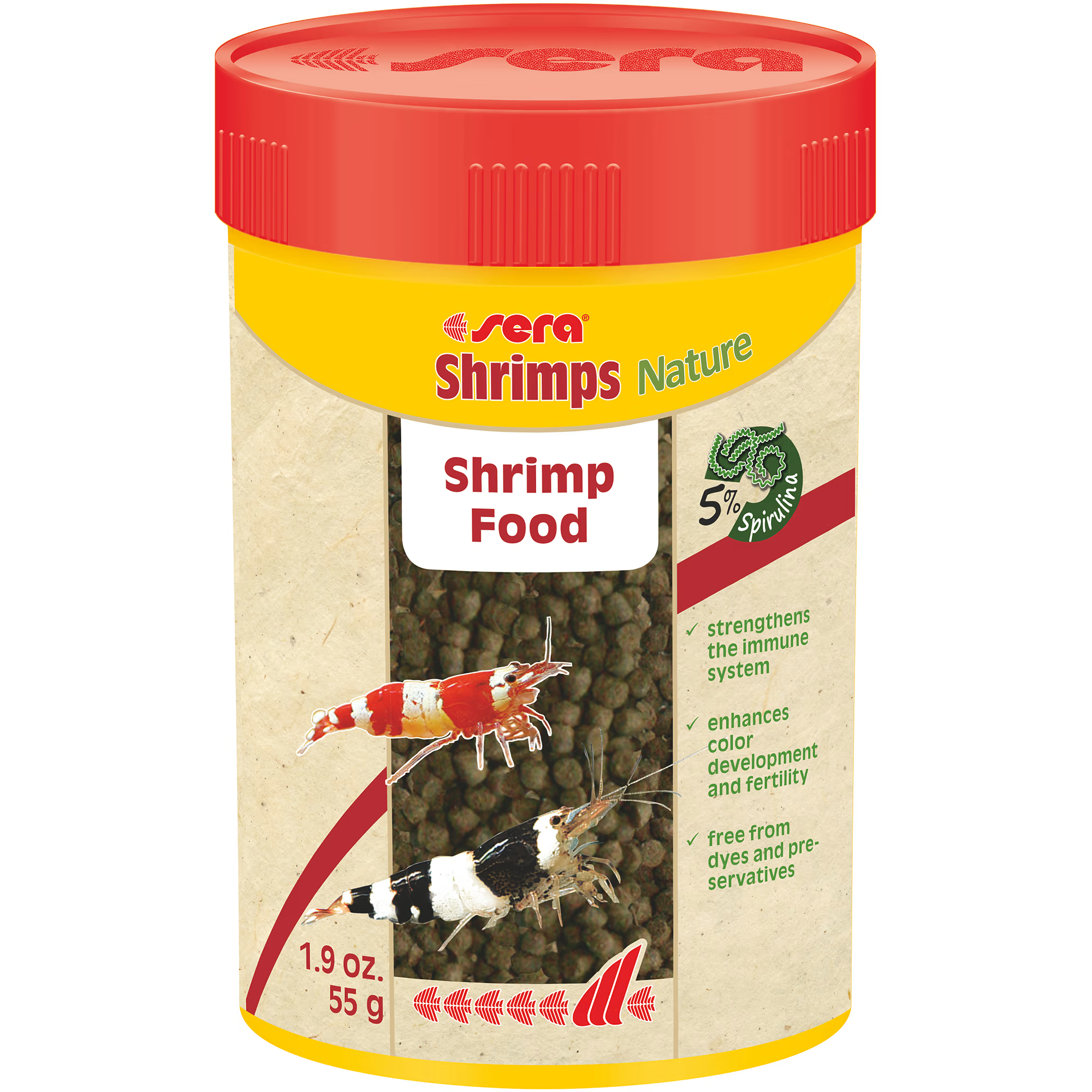So, I started out with a couple different breeding groups, from different suppliers, in an attempt to start with as large a gene pool as possible, and have produced literally 100's of shrimp in this tank, in the last couple years... they are still red, but not as vibrant as the 1st breeding colonies...
so a couple questions about retaining color... of any of the colored neo shrimp...
are shrimps color effected by the foods they eat??? I've not been impressed with fish coloring up by any specific foods, I notice more coloration from a varied diet...
as far as the red color, the bloody mary shrimp are supposed to be colored differently ( less transparent ) would adding that gene trait to the cherries help keep a more solid red color, generations later???
so as far as foods, my shrimp eat algae cookies, and the extra fish foods, there are small live bearers in most tanks... in the rotation, includes dusted bug bites, and other high quality foods, and the tanks get treated occasionally with Bacter AE ( probably once or twice a month ) the tanks are all heavily planted...
I'm using a blend of RO water, and my rock hard well water in my shrimp tanks, and have not been supplementing calcium, and haven't been witnessing any shedding issues... I have been dropping other calcium foods into the tanks occasionally, but never got any activity around those...
so does the temperature effect the colors??? I keep the tanks in the low 70's F.
I posted a thread last night, as I got a trial of another type of calcium feeder, and the shrimp swarmed it in 5 minutes.... this picture from that thread, shows the shrimp are still red, but pretty translucent ( sorry about the dirty glass, I don't usually clean the glass in the shrimp tanks )...
noted in the 1st picture, I keep a small slab of limestone in each shrimp tank...


so a couple questions about retaining color... of any of the colored neo shrimp...
are shrimps color effected by the foods they eat??? I've not been impressed with fish coloring up by any specific foods, I notice more coloration from a varied diet...
as far as the red color, the bloody mary shrimp are supposed to be colored differently ( less transparent ) would adding that gene trait to the cherries help keep a more solid red color, generations later???
so as far as foods, my shrimp eat algae cookies, and the extra fish foods, there are small live bearers in most tanks... in the rotation, includes dusted bug bites, and other high quality foods, and the tanks get treated occasionally with Bacter AE ( probably once or twice a month ) the tanks are all heavily planted...
I'm using a blend of RO water, and my rock hard well water in my shrimp tanks, and have not been supplementing calcium, and haven't been witnessing any shedding issues... I have been dropping other calcium foods into the tanks occasionally, but never got any activity around those...
so does the temperature effect the colors??? I keep the tanks in the low 70's F.
I posted a thread last night, as I got a trial of another type of calcium feeder, and the shrimp swarmed it in 5 minutes.... this picture from that thread, shows the shrimp are still red, but pretty translucent ( sorry about the dirty glass, I don't usually clean the glass in the shrimp tanks )...
noted in the 1st picture, I keep a small slab of limestone in each shrimp tank...
Last edited:


